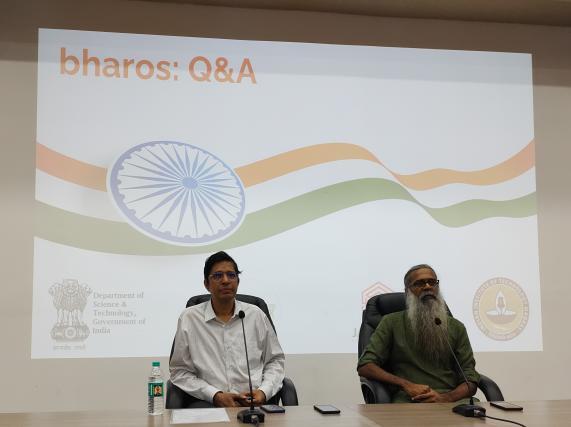No default apps will be offered with BharOS

BharOS, created in India, was unveiled last week
In announcing the creation of BharOS, the ITT said that it can be installed on “commercial off-the-shelf handsets” delivering “a secure environment for users.” The operating system has no pre-loaded apps and it doesn’t share any user data. Only private app stores will work with the OS. Pradhan also stated that BharOS won’t run malware although there was no further explanation given.
While the operating system is installed with no default apps, native over-the-air updates will automatically disseminate security patches without waiting for the device owner to initiate the process. This means that all BharOS users will be running the latest version of the software.
Can BharOS really be considered an indigenous operating system?
Kamakoti added, “IIT Madras looks forward to working closely with many more private industry, Government agencies, Strategic agencies, and Telecom Service Providers to increase the usage and adoption of BharOS in our Country.” However, it needs to be pointed out that BharOS could be considered a forked version of Android meaning that it copies the open-source code used by Android. That is what Amazon used to create FireOS for the Fire Phone. These phones do not need to have a Google Mobile Service (GMS) license but do not offer any Google apps, or the Google Play Store.
Can India really consider this an indigenous operating system when the truth is that it is built on the Android platform? And the enhanced security of BharOS could be due to the fact that it will only allow private app stores which might make it harder for malware-infected apps to be loaded on a device running the operating system. Huawei’s HarmonyOS 3.0, the latest version of the operating system, removed the Android open-source code in an attempt to cut ties with Android. BharOS might do that in the future although that could still be several years away.
Here’s why BharOS won’t challenge Android in India, at least for quite a few years
Even though 97% of the Indian smartphone market is controlled by Android-powered handsets, currently active units won’t be able to install BharOS to replace Android thanks to the locked bootloaders found on handsets in the country. Simply put, the bootloader is the first code run on a smartphone and is necessary to load the device;s operating system.
For security reasons, a phone’s bootloader is locked and any successful attempt to unloock it will void the warranty of the phone. Therefore, if BharOS is going to make a run at Google’s Android, it will require smartphone manufacturers to produce new handsets that run the OS out of the box.










![Best Weight Loss Supplements [2022-23] New Reports!](https://technologytangle.com/wp-content/uploads/2022/12/p1-1170962-1670840878.png)




